The CMS Final Covered Outpatient Drug Rule Addresses Many Industry Concerns
The rule implementing the Medicaid Drug Rebate Program is less burdensome and costly than what was originally proposed.
In 2010, the Affordable Care Act (ACA) directed the US Centers for Medicare and Medicaid Services (CMS) to publish a rule for calculating Average Manufacturer Price (AMP), which is used to determine both the Medicaid rebate amount and the payment rate for multiple-source drugs. CMS interpreted the ACA mandate as authorizing CMS to address all aspects of the Medicaid Drug Rebate Program (MDRP) treatment of covered outpatient drugs, and on January 21, 2016, nearly four years after publishing its proposed rule, CMS finalized the rule, which will take effect April 1, 2016.1 The Final Rule implements changes to AMP that the ACA required, replaces the calculation methodology for AMP in the withdrawn Deficit Reduction Act (DRA) rule,2 and provides additional rules for determining Best Price (BP) reported for innovator drugs and biological products.
The provisions that have the most effect on manufacturers, in terms of rebate liability or operational challenges, are
- permission for manufacturers to continue presuming that drugs sold to wholesalers are distributed to retail community pharmacies (RCPs) unless chargeback data indicate indirect sales to a different class of trade;
- the method for calculating AMP for infusion, inhalation, instilled, implanted, and injected drugs generally dispensed through RCPs (5i AMP);
- inclusion of federal territories in the definition of “United States”;
- treatment of specialty pharmacies;
- treatment of generic drugs marketed under a paper New Drug Approval (NDA) or section 505(b)(2);
- exclusion of prices charged 340B entities from BP;
- BP treatment of discounts, rebates, and fees provided to multiple parties on the same unit;
- implementation of the alternative additional rebate for line extensions; and
- revision of Base Date AMP.
Continue Reading on Mondaq.com
